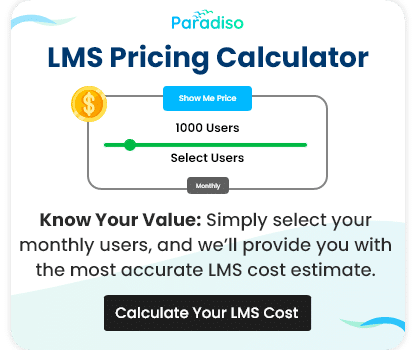Business success mostly depends on the quality of your workforce and updating your employees’ skill sets. Training programs have changed from a series of workshops into strategic pathways of growth and competition. Managed Learning Services change corporations’ thoughts about training, offering holistic solutions beyond traditional methodologies. Through outsourcing their training needs to MLS providers, an organization can outsource the design and implementation of learning experiences aimed at the strategic level.

We have
something for you!
Are you still figuring out which LMS is the best? Grab the chance to explore the LMS Buyer's Guide and get started.





